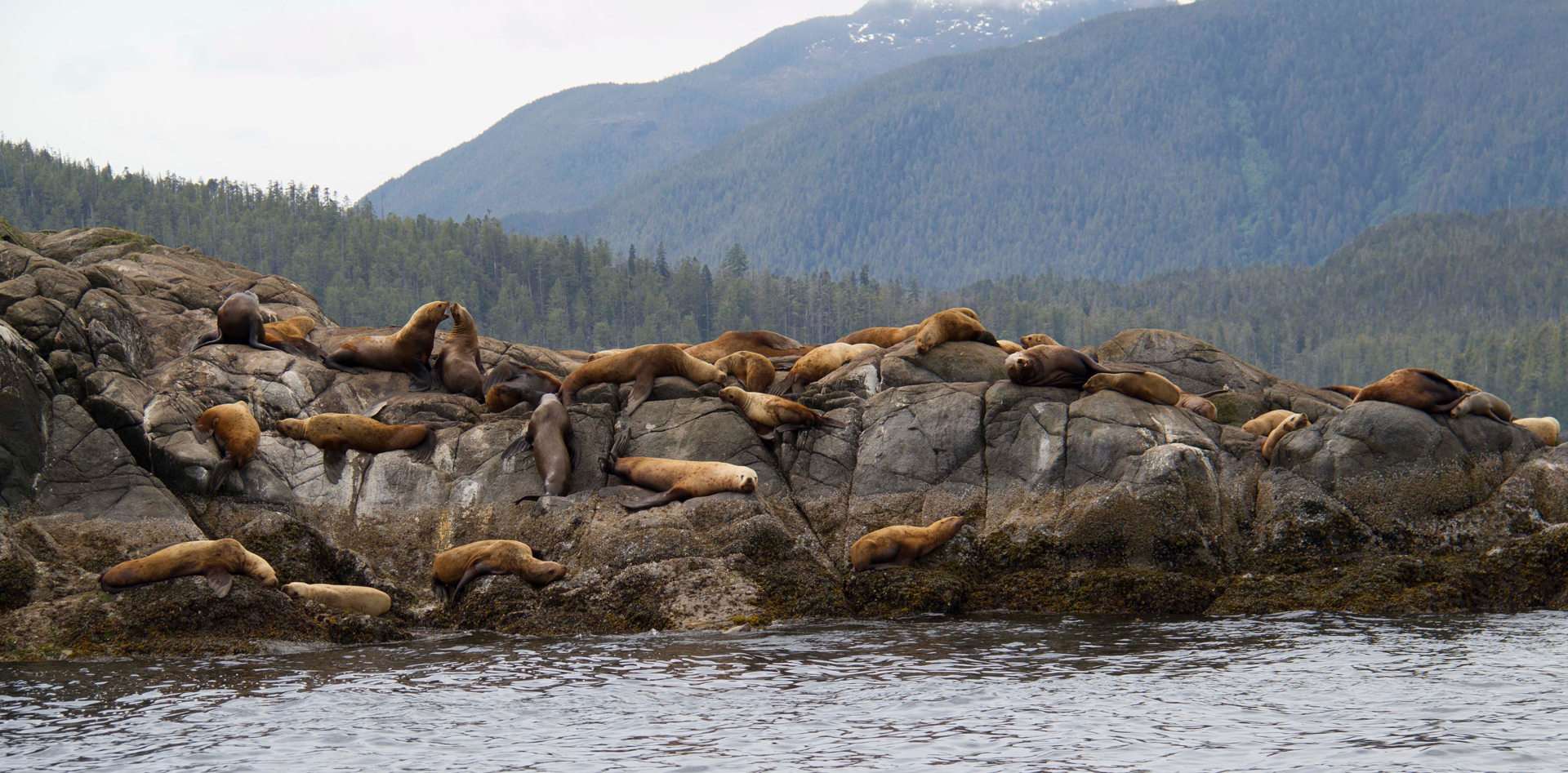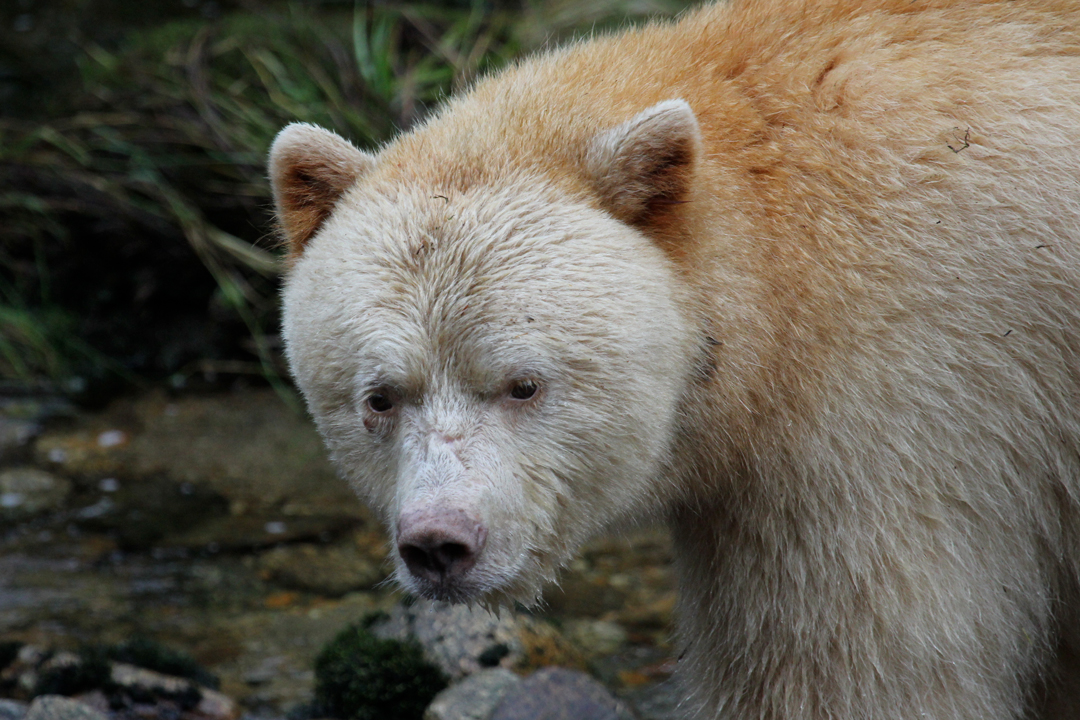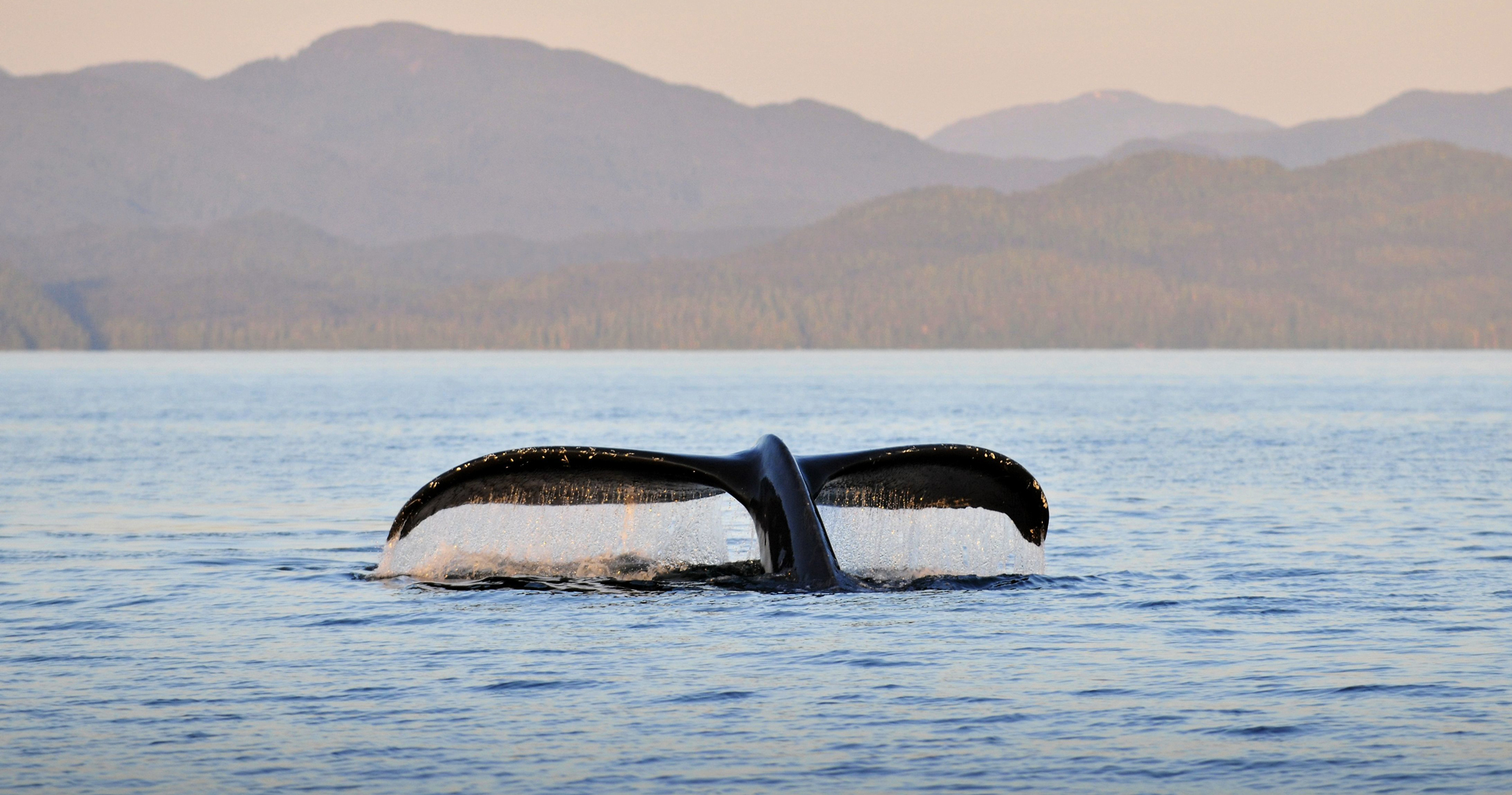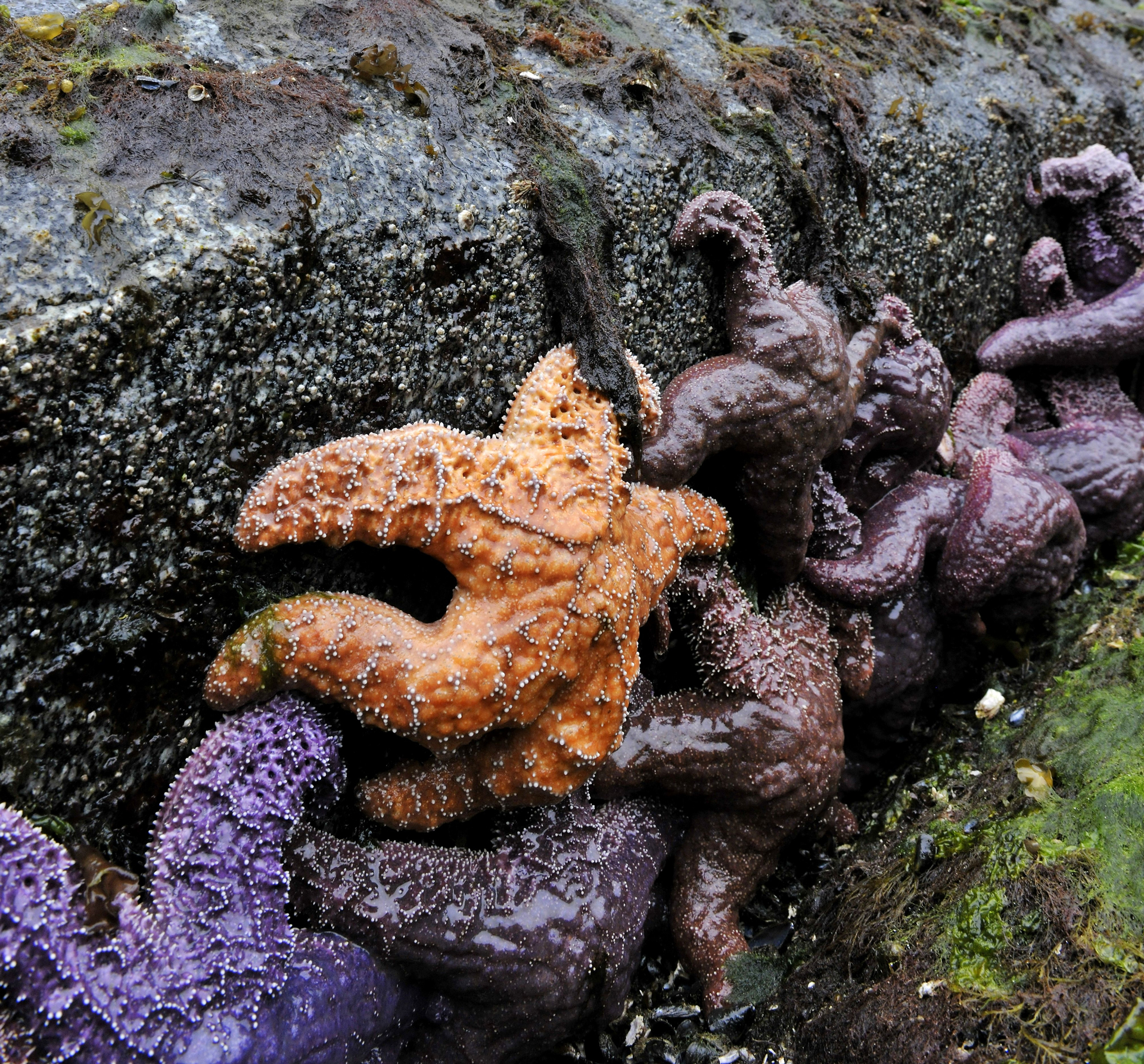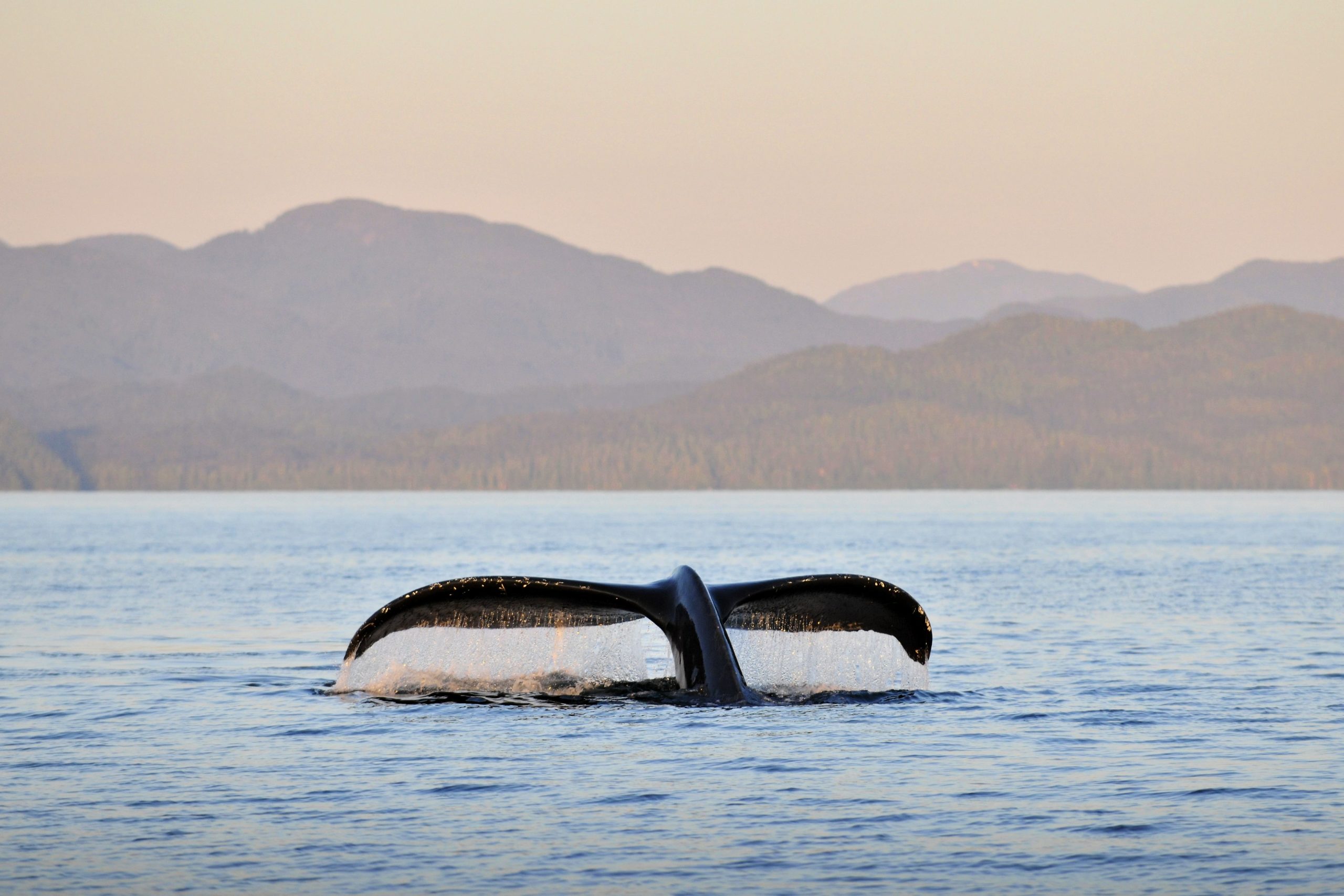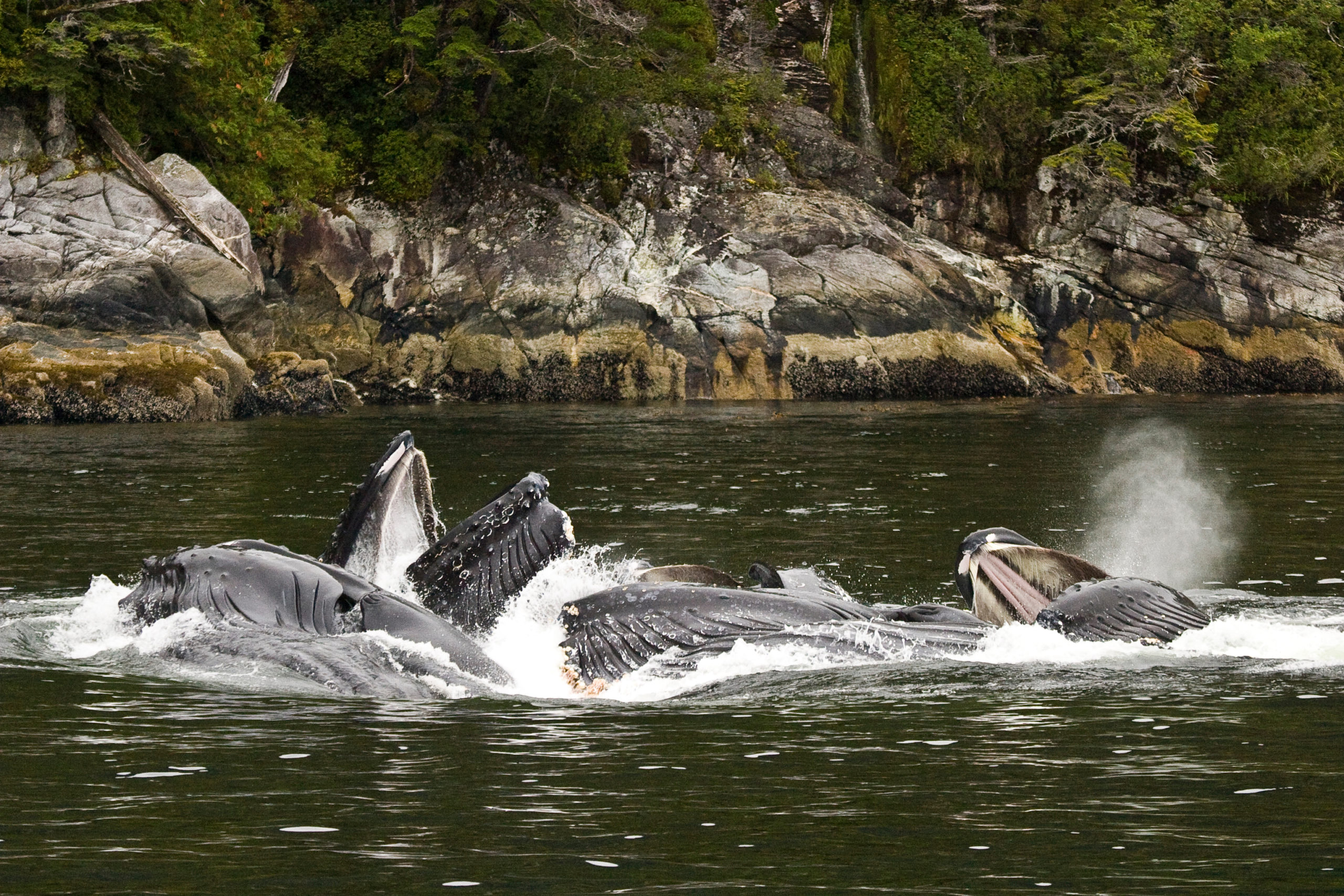Moving from piecemeal solutions to ecosystem-wide protections
There is currently a patchwork of protection that stretches across the Great Bear Sea, leaving too many habitats and species unprotected. Existing protected areas weren’t selected to work cohesively; as a result they don’t do enough to ensure a representative sample of the biodiversity in the region is protected.
To truly protect the Great Bear Sea, we need a smarter approach, one that looks at the area as a whole, rather than isolated and disconnected regions. We need to create a network of protected areas that collectively protect biodiversity while minimizing economic impacts. Luckily, we know what this approach needs to look like, and important steps have already been taken towards making it happen.
Federal, provincial and First Nations governments have been working together for years to plan a network of marine protected areas that protect far more species and habitats, while considering the potential impact on people’s lives and livelihoods.
A network action plan for what is also known as the Northern Shelf Bioregion went through a final public consultation in 2022, and was formally adopted earlier this year.
This Indigenous-led and collaboratively developed effort will double coverage of MPAs in this 100,000-square-kilometre region to 30 per cent and guide the creation of what will become Canada’s first-ever planned MPA network. Between now and 2025 a number of these areas will be formalized and implemented.

